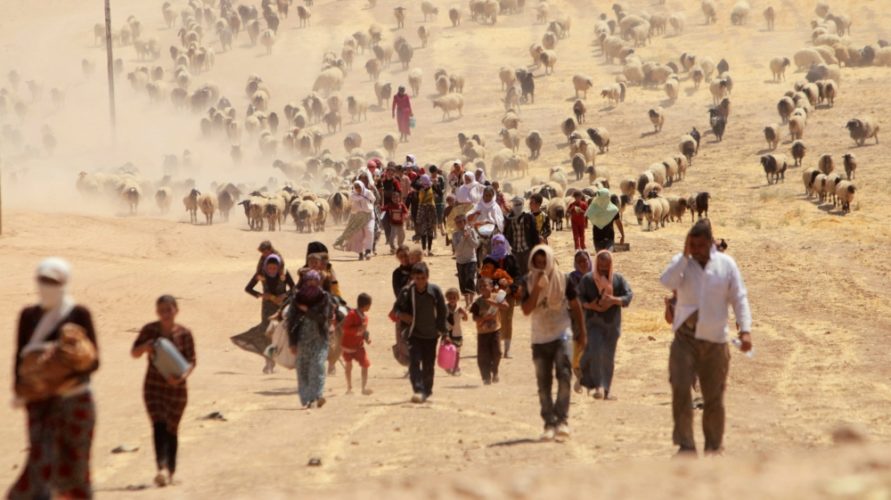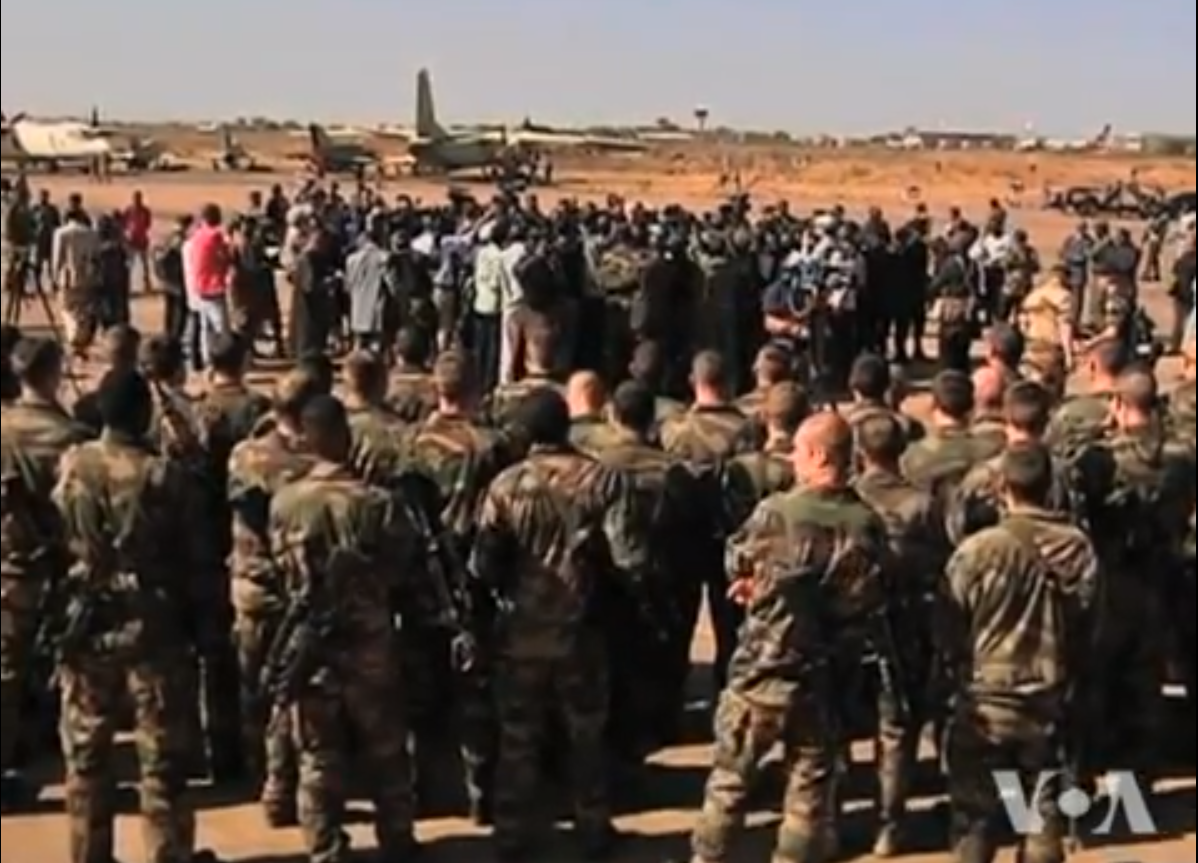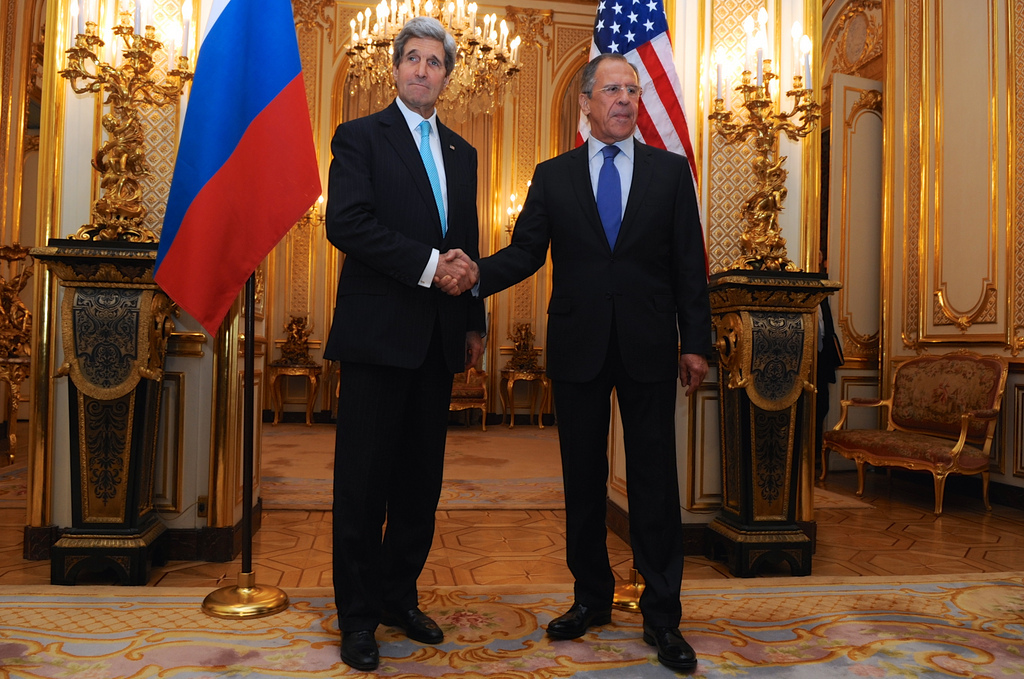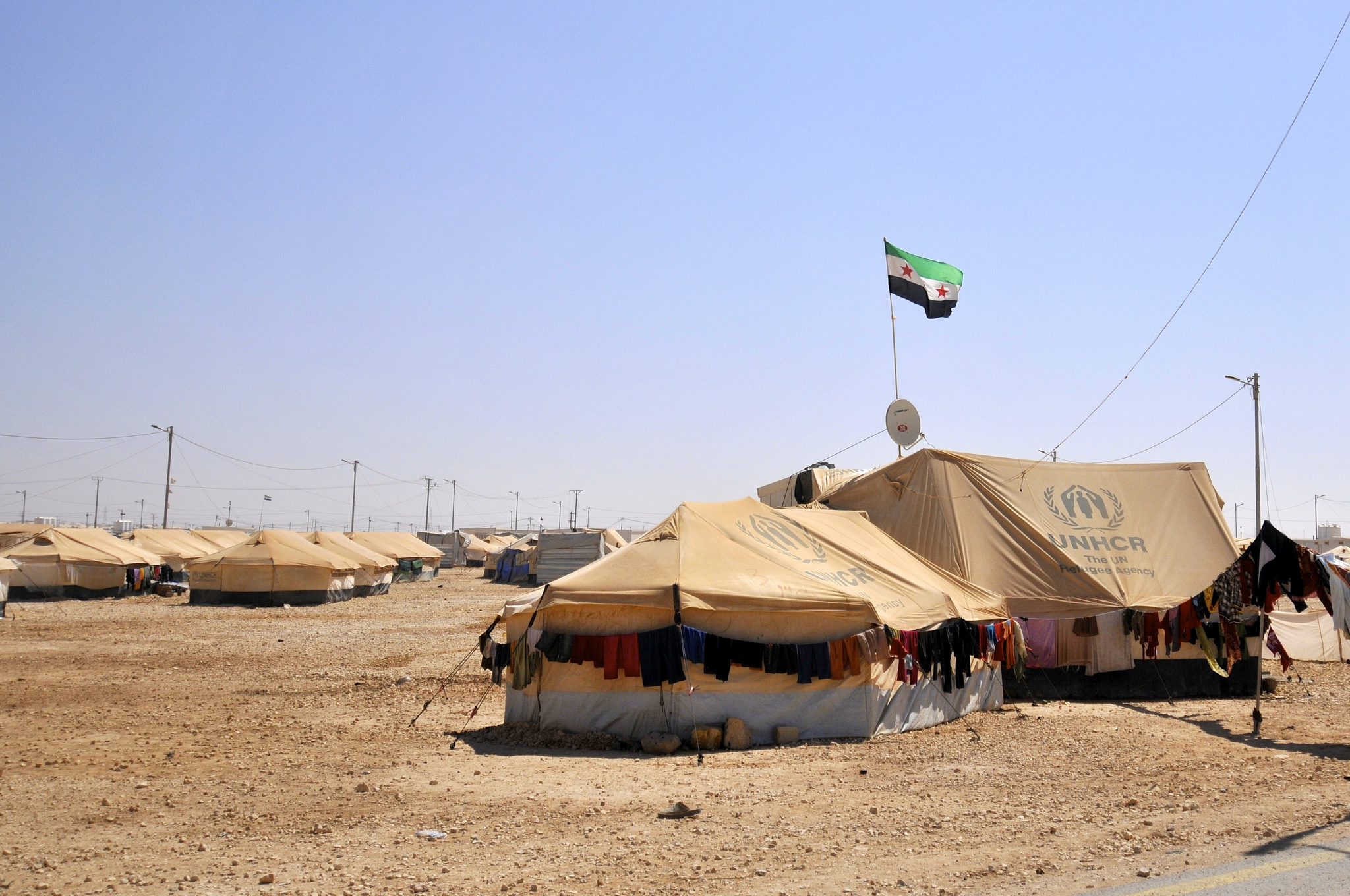By Huseyin Tunc

“Daesh members came to our village, Kocho in Shingal [north west Iraq]. Some wore masks and they blindfolded us with rope. But we understood from their voices that they were our Sunni neighbors,” said one of the Yazidi survivors I interviewed, using the Arabic acronym Daesh for the Islamic State or ISIS.
The accounts from the other local Yazidis and survivors and international reports have supported the finding that some of the alleged ISIS members attacking Yazidi community in Shingal region were the Yazidis’ neighbors from the surrounding villages. Some local Sunni Arabs looted the houses and properties of Yazidis. These accounts reveal that local people with different motivations took part in the Islamic State’s systemic violencea gainst the Yazidi community, including the enslavement of women, while other locals protected their Yazidi neighbors and friends.
Similar accounts of allegiance at the local level took place during the ethnic cleansing of Armenians in late 19th century and the Armenian Genocide of 1915. A great level of political violence took place in Turkey’s eastern and southeastern Kurdish provinces where Armenians were living. Some local elders still recall and give lengthy accounts of the degree of violence, and describe how some Kurdish villages and groups took active part in the ethnic cleansing of Armenians while others sheltered and protected them, despite the enormous risks that such latter acts presented at the time.
With the breakdown of order in Syria as a result of increasing civil unrest, a Syrian shop-owner stated that his neighbor set his house on fire. In the massive violence of the mid-1990s in Rwanda, a vastly undermined detail was that many Hutu members were not involved in the killing of Tutsis and some even protected their Tutsi friends, families, and neighbors from the collective and systematic violence.
These and similar accounts underline the pervasive but mostly understudied micro level aspects of civil war and irregular warfare, and their associated violence which challenge the conventional scholarship on these phenomena. With the Islamic State at the brink of defeat, many lessons remain for social and political scientists. Without understanding the local and individual levels of violence, our understanding is bound to be deficient.
For instance, what explains the local allegiance to the Islamic State from Marawi in the Philipines to the Middle East and North Africa, or the western capitals of Europe? What were the individual motivations of the members joining the Islamic State and willingly taking part in extreme forms of violence against civilians, including the sexual enslavement of Yazidi women and children? Do they join because of economic opportunities? Or due to long-running grievances, such as the legacy of the American military invasion of Iraq in 2003 (as some captured ISIS militants expressed), Sunni disenfranchisement under Shia, repressive regimes in the region, or alienation in western societies?
And is the Islamic State based on long-running grievances or private greed, or an amalgam of both? Or perhaps was all this the result of the “resource curse,” a possible causal relation between resources, poverty, and irregular warfare? In other words, the presence of oil in the region which led to an extreme level of poverty, thus inciting collective resistance and uprising, and which also drew ill-disciplined opportunists? What were the private motives of these local groups and individuals participating in the Islamic State’s brutal atrocities?
While ideology can be disciplinary for combatants and restrain armed members in their violence against civilians (including sexual violence), it fails to hold true for the perplexing case of radical movements like the Islamic State. As an extreme for of religious ideology with Salafist interpretation of Islam, the Islamic State was dedicated to establish the religious order from the time of Muhammad in late sixth and first half of seventh centuries. However, the Islamic State was and is involved in brutal and mass killing of civilians, including the people of Umma (Muslim people). Overall, the movement’s leadership legitimized violence against civilians. It looted the resources, but provided service and and security as well in their controlled zones.
With the decreasing number of conventional, interstate wars, scholars have expressed more interest to the study of irregular wars to understand the onset, dynamics, causes, and outcomes, including political violence. A large body of scholarship, primarily at macro level, with Large-N and rational explanations of warfare has been produced. The trending quantification led to over generalization on the one hand and misleading categorizations on the other, leaving the complexity and dynamics of these violent phenomena at local level unexposed and understudied.
To better understand the phenomena of civil war, irregular warfare, and political violence, further studies at micro level are essential. Micro level studies will not only help test macro and meso level studies, but will help establish a holistic understanding of irregular warfare, insurgent mobilization, and the ensuing violence against non-combatants.
Huseyin Tunc is a Research Scholar at the Institute for the Study of Human Rights, Columbia University. He has peer-reviewed and other publications in the Journal of International Affairs, Center for Policy and Research on Turkey, Foreign Policy Association, and more.
Contact Email: ht2360@columbia.edu and Phone: +1 917- 804 2003







1 comment
A very interesting piece on an important topic. I hope it leads to more research on an expanding literature that focuses on individual motivations for joining violent non-state groups. Some proofreading and copy editing of this posting was needed, however.